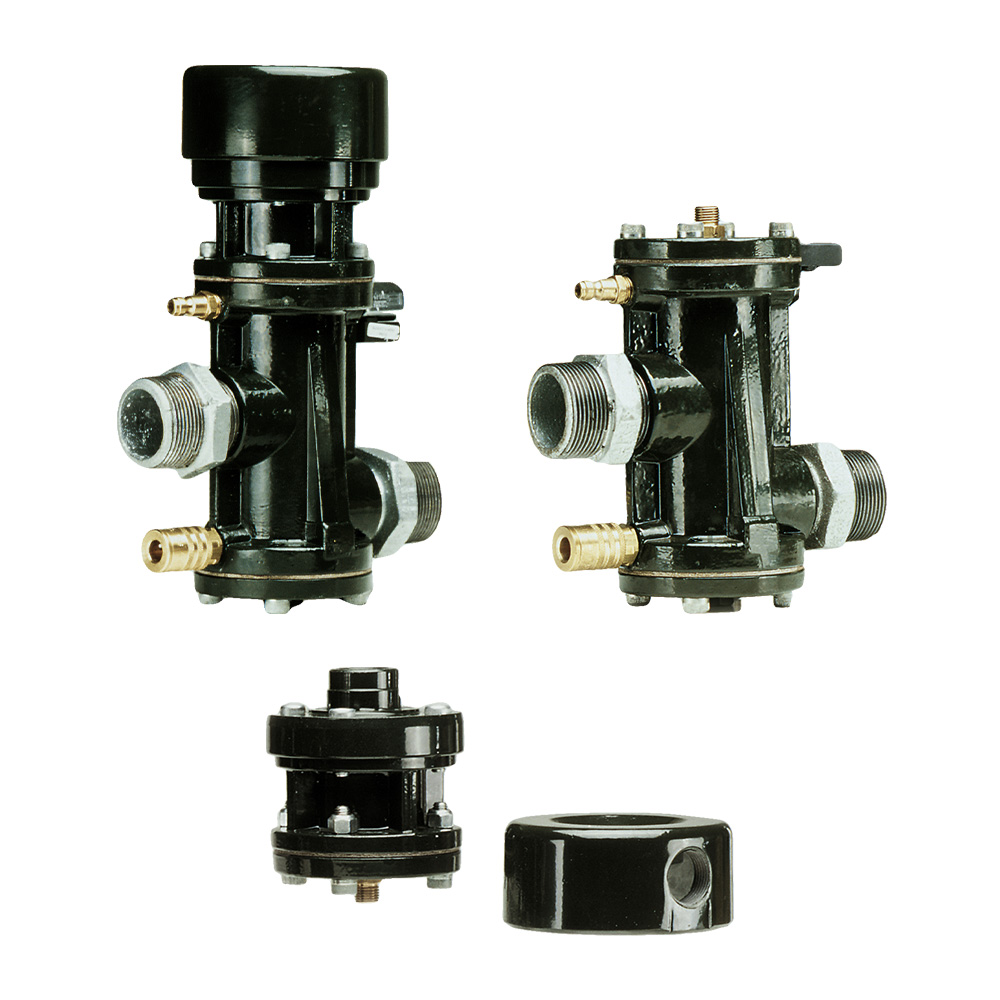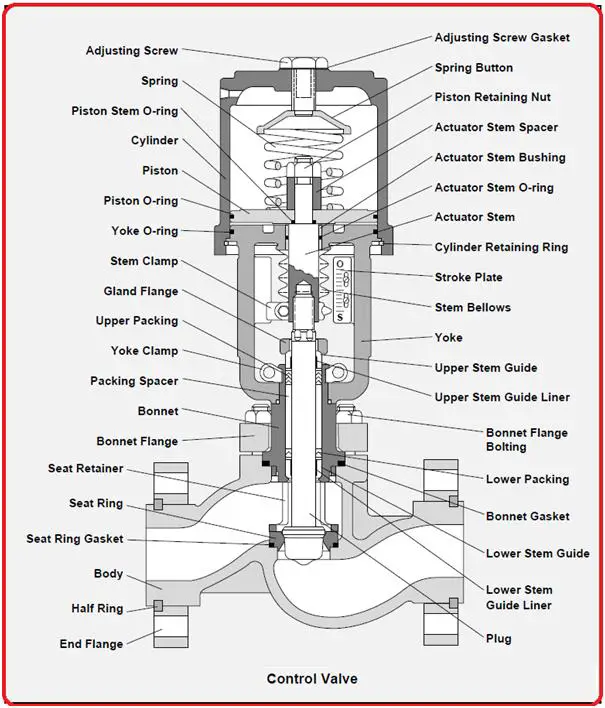The Duty of Control Valves in Liquid Flow Management Solution
The Duty of Control Valves in Liquid Flow Management Solution
Blog Article

Maximize Power Cost Savings and Convenience With Advanced Building Automation Controls
In the realm of modern-day architecture and center management, the combination of advanced building automation regulates stands as an essential innovation. By taking advantage of the power of automation, structures can adapt, react, and advance in means that were when unbelievable.
Power Performance Conveniences
Energy efficiency benefits can substantially minimize energy usage and operational prices in structures. By implementing energy-efficient practices and modern technologies, building owners and operators can attain considerable cost savings while additionally adding to ecological sustainability. One of the main benefits of improving power efficiency in structures is the reduction of utility bills. Energy-efficient systems, such as sophisticated structure automation controls, can enhance the usage of sources like home heating, air conditioning, and lighting, leading to reduced energy expenditures with time.
Moreover, enhanced energy efficiency can prolong the lifespan of building equipment and systems. By running much more successfully, cooling and heating systems, light, and various other building elements experience much less damage, resulting in minimized upkeep and substitute prices. Furthermore, energy-efficient buildings usually regulate higher home values and rental prices, providing lasting monetary benefits to owners.
Moreover, power performance can improve owner comfort and efficiency. Appropriately regulated interior atmospheres with optimum illumination and thermal conditions develop a more conducive and pleasant work space, leading to boosted worker fulfillment and performance. Overall, the energy efficiency benefits linked with advanced structure automation controls are diverse, encompassing cost financial savings, environmental stewardship, and resident wellness.
Boosted Convenience Control
Enhancing comfort control in structure environments requires an advanced assimilation of sophisticated automation systems for optimal resident health. By using advanced building automation controls, centers can tailor the interior environment to satisfy the certain needs and choices of residents. control valves.
By including these sophisticated controls, structures can not only improve comfort however also boost power efficiency by optimizing system operations based on actual tenancy and usage patterns. Eventually, prioritizing resident comfort through advanced automation systems leads to an extra pleasurable and much healthier interior atmosphere.
Functional Performance Improvements

In addition, the application of real-time surveillance and analytics devices allows structure drivers to identify energy inadequacies and functional abnormalities immediately. By continuously checking energy use patterns and system efficiency metrics, adjustments can be made in real-time to enhance power usage and ensure peak functional efficiency. control valves. Furthermore, integrating demand action techniques right into building automation controls can even more boost operational effectiveness by dynamically useful source changing energy usage based on grid problems and prices signals
Indoor Climate Optimization
Effective indoor environment optimization is YOURURL.com a basic element of building automation controls, making certain residents' convenience and health while optimizing power savings. By using innovative sensors and controls, constructing automation systems can continuously adjust and keep track of temperature level, moisture levels, air quality, and ventilation to develop an optimum indoor environment. Keeping constant and comfortable problems not just enhances resident contentment but additionally improves performance and overall well-being.
Indoor climate optimization likewise plays a critical role in power efficiency. By fine-tuning ventilation, cooling, and heating systems based on real-time data and occupancy patterns, building automation controls can significantly decrease power consumption - control valves. Carrying out techniques such as demand-controlled air flow and thermal zoning can assist minimize power waste while making sure that each area of the building obtains the needed conditioning.

Lasting Atmosphere Development
Structure automation manages not just enhance interior climate problems for energy performance and occupant convenience but additionally lay the foundation for producing a sustainable setting with strategic administration of sources and systems. By incorporating sophisticated structure automation technologies, such as sensing units, actuators, and intelligent software program, facilities can change and keep track of power usage in real-time to lessen waste and lower their carbon footprint. These systems allow predictive maintenance, recognizing potential problems prior to they escalate and enhancing tools efficiency to enhance durability and effectiveness.
Moreover, sustainable atmosphere development expands past energy administration to incorporate water preservation, waste decrease, and interior air top quality enhancement. Building automation controls can regulate water usage, detect leakages, and ensure proper waste disposal methods, contributing to general sustainability initiatives. In addition, by managing and keeping an eye on air flow and purification systems, these technologies enhance occupant health and productivity while lowering energy intake linked with HVAC procedures.
Verdict
To conclude, progressed structure automation manages offer significant advantages in important site regards to power cost savings, comfort control, operational performance, interior climate optimization, and creating a lasting setting. By carrying out these controls, structures can attain optimum efficiency while lowering power usage and boosting resident comfort. It appears that using sophisticated automation modern technology is essential in enhancing structure efficiency and creating a more sustainable future.
Energy performance advantages can considerably reduce energy consumption and operational prices in structures. Overall, the power efficiency advantages associated with innovative structure automation controls are multifaceted, encompassing price savings, ecological stewardship, and owner health.
In addition, integrating need feedback strategies into structure automation controls can further improve functional efficiency by dynamically changing energy usage based on grid problems and prices signals.
Structure automation manages not only maximize indoor environment problems for energy performance and owner comfort yet additionally lay the structure for creating a lasting setting with tactical management of systems and sources.In final thought, progressed structure automation controls offer considerable benefits in terms of power cost savings, convenience control, operational performance, indoor climate optimization, and creating a lasting atmosphere.
Report this page